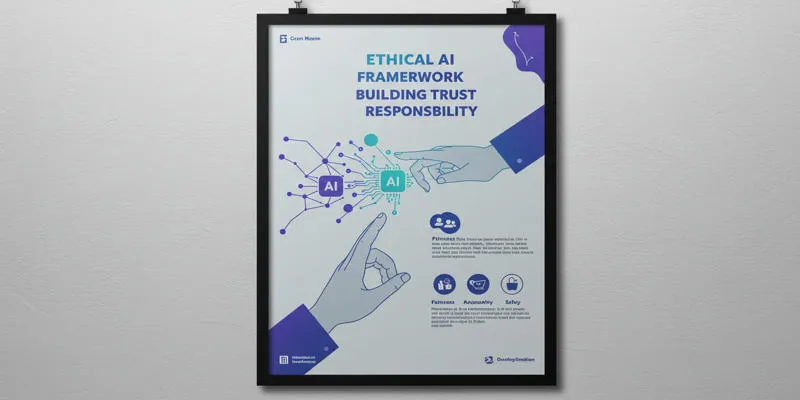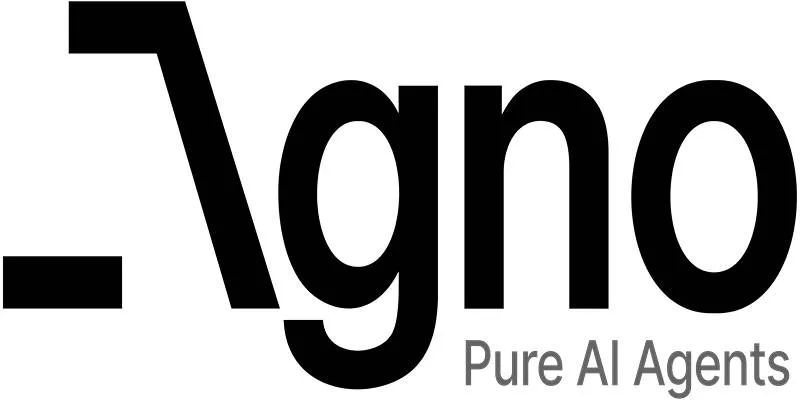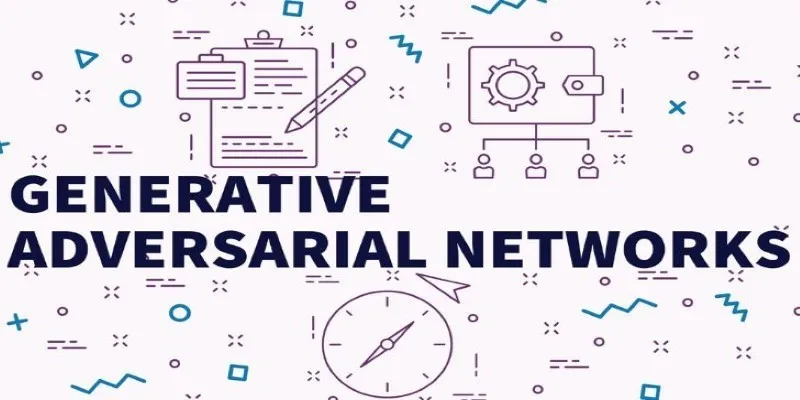Meta has announced the release of its latest generation of open large language models, Llama 4. These models build on the progress of their predecessors, aiming to offer more efficient performance, enhanced reasoning abilities, and improved safety when generating text.
With the growing interest in generative AI tools for everything from research to creative projects, Llama 4 represents Meta’s continued effort to stay competitive and contribute to open innovation in artificial intelligence. This launch could reshape how developers and researchers build AI applications over the next few years.
What Is Llama 4 and How Does It Differ From Earlier Versions?
Llama 4 is the fourth iteration of Meta’s Large Language Model Meta AI (LLaMA) series. Like earlier versions, it is designed to process and generate human-like text responses to a wide variety of prompts. However, Llama 4 brings several refinements over the previous generation, making it more capable and reliable in practice.

One of the most noticeable upgrades is the improvement in reasoning and factual accuracy. Many large language models tend to produce convincing but incorrect answers, known as hallucinations. Meta has worked to reduce these errors by training Llama 4 on a larger, more carefully curated dataset and fine-tuning it to prioritize more trustworthy outputs. Developers who tested the model during its research phase reported better results on tasks involving logical thinking, step-by-step problem-solving, and comprehension of longer, more complex instructions.
In terms of scale, Llama 4 is available in multiple sizes to meet various needs. Meta has released smaller, more lightweight versions alongside the largest variant, allowing developers to choose between powerful models for research and lighter ones for faster deployment or devices with limited computing power. Llama 4 also improves memory efficiency, enabling it to run on hardware that might have struggled with Llama 3.
How Meta Trained Llama 4 to Be More Helpful and Safer
Safety and responsible usage have been at the center of the Llama 4 training process. Meta has acknowledged the risks associated with the misuse of generative AI, including the creation of misleading information or offensive content. To address this, the team adopted a two-step process: better data selection and more effective fine-tuning with human feedback.
The training data for Llama 4 was expanded to include more recent, high-quality information from diverse sources, while also excluding known low-quality and harmful content. This helped the model learn patterns of helpful and respectful language while avoiding inappropriate topics and conversations. Additionally, Meta employed reinforcement learning with human feedback (RLHF), which involves humans rating the model’s outputs and guiding it toward improved behavior.
One of the more impressive outcomes of this work is the enhanced ability to decline harmful or nonsensical requests while still fulfilling meaningful ones. During public demonstrations, Llama 4 was shown to handle sensitive topics more carefully than Llama 3, while still offering thoughtful responses to educational or creative queries. This makes it more dependable for organizations and individuals who want to use it in public-facing services without extensive extra safeguards.
Applications and Potential Impact of Llama 4
The release of Llama 4 is likely to have a significant impact on the AI landscape, particularly since Meta has kept its models open for both research and commercial use. This makes it a direct competitor to other leading language models from companies like OpenAI and Anthropic, while providing an accessible alternative that does not lock users into a single ecosystem.

Developers can integrate Llama 4 into a wide range of applications, including chatbots, educational tools, document summarization, code generation, and creative writing assistants. Early adopters have noted that Llama 4 excels particularly in scenarios that require following detailed instructions, making it more suitable for customer service automation and other support tasks where accuracy and politeness are crucial.
Researchers, too, are likely to benefit from the open release. Since the model weights are available, academics and engineers can study Llama 4’s behavior, experiment with fine-tuning it for niche purposes, and even audit it for fairness and bias. In some regions, the openness of the model may also encourage innovation in local languages and culturally specific contexts that larger closed models often overlook.
Businesses looking to cut costs while deploying AI at scale may prefer Llama 4 because the smaller versions can run on less expensive hardware without sacrificing performance. This flexibility has become a hallmark of the LLaMA series, and Llama 4 continues that trend while improving the overall quality.
The Road Ahead for Meta and Open AI Development
With Llama 4 now available, attention is turning to what comes next. Meta has made clear it is not slowing its research and development in large language models. Future versions will likely expand the model’s reasoning abilities and improve its grasp of multimodal input, meaning it could process images and text together more effectively.
For now, Llama 4 stands as a strong argument for open AI development. By releasing high-quality models for public use, Meta encourages competition and broader participation in shaping the technology. Users can experiment, give feedback, and help improve future iterations without being tied to expensive proprietary systems. This reflects a growing desire among developers and researchers for more transparent and adaptable AI tools.
As generative AI evolves, Llama 4 raises the bar for what open language models can achieve. It shows that thoughtful training and community collaboration can create tools that are not only capable but also more mindful of how they’re used in real settings.
Conclusion
Meta’s launch of Llama 4 advances large language models with better reasoning, efficiency, and safety, addressing earlier concerns. Developers, researchers, and businesses gain a flexible, dependable tool free from restrictive platforms. As adoption grows, user feedback will help guide the future of AI. With careful use, Llama 4 can make generative AI more practical and responsible, offering improved performance while encouraging open and collaborative innovation across many fields.
For further exploration, you can read more about Meta AI’s advancements and connect with the community contributing to the development and application of these innovative tools.
 zfn9
zfn9























